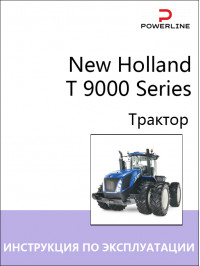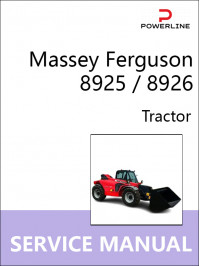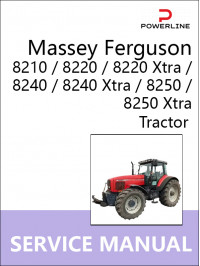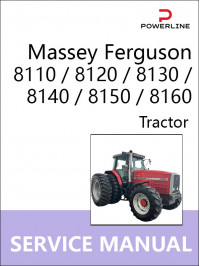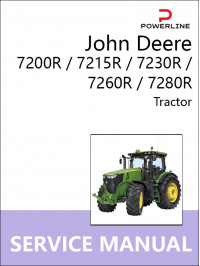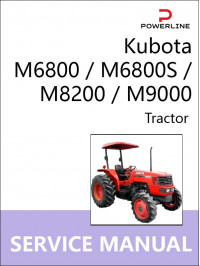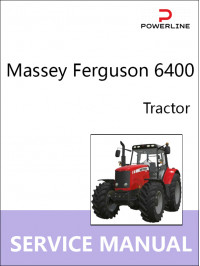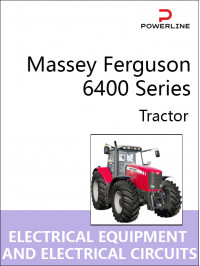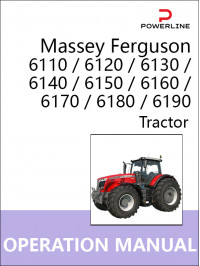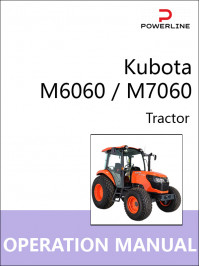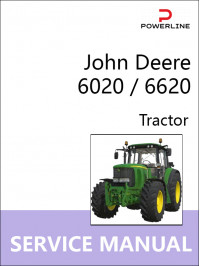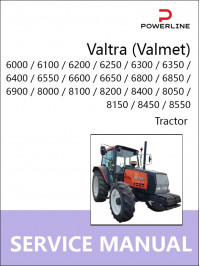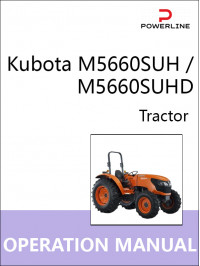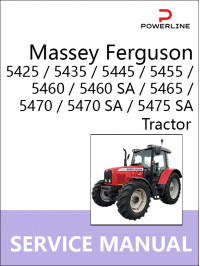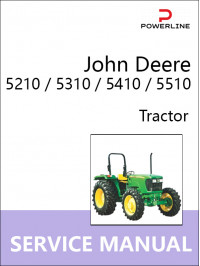Repair and service Tractors in the eBook
Tractor (from the Latin for "pull") - a vehicle used for towing trailers with objects that cannot be moved by hand, as well as, in particular, for agricultural work. Powered first by a steam engine and then a diesel engine, the tractor has evolved over time to meet different requirements.
Depending on the chassis, there are:
- Wheel tractors with permanent drive on one (rear) axle (2WD) - universal tractors up to 310 hp, the most common, now also available with Attached Front Drive (MFWD). Permanent drive rear wheels are significantly larger in diameter;
- Permanent All Wheel Drive (4WD) Wheeled Tractors - Typically heavy tractors currently in production range from 50 to 600 hp. The tractor is controlled by a steering switch on one or both axles, and in the heaviest machines, by an articulated steering system;
- Tracked tractors - tractors with tracks on the chassis. Typically used for the toughest jobs, most commonly in wetlands and heavy soils. In the 70-80s. steel track tractors have practically been replaced by heavy wheeled tractors due to many disadvantages and limitations of use. Nowadays, with great emphasis on reducing soil compaction, the idea of a track undercarriage based on steel-reinforced non-abrasive rubber tracks is experiencing a renaissance. Tracked tractors currently reach up to 600 hp;
- Half-track tractors - Basically based on the idea of a wheeled tractor, but instead of wheels on one (half-track tractors) or all axles, special track units are used. These tractors combine the advantages of tracked and wheeled tractors.
Books on repair Tractors
Almost every tractor owner has to make a choice: repair the tractor in a specialized repair company or do it yourself. The first option is a rather expensive event, and if this is not possible, then you can rely only on your own strength, technical literature, videos on the Internet on repair topics and advice from a familiar tractor repair specialist, if any.
On our website you can buy and download books on tractor repair, spare parts and operation catalogs for various models of agricultural and construction equipment. This literature will help you make repairs yourself and understand the basic principles of troubleshooting a tractor: how to disassemble a faulty mechanism, how to discard worn parts, how to assemble a device after repairs and make the necessary adjustments.
Remember, starting the repair of tractors, you need to clearly assess your strength and have on hand special literature where you can find all the recommended values for adjustments.



